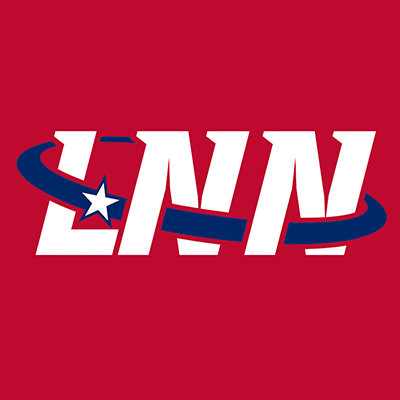The Government of Liberia has taken a noticeable step to regulate prices in the rubber sector in the country, effective this June, thanks to intervention by President Joseph Boakai.
This paper gathered that President Boakai has constituted the Liberia National Rubber Pricing Committee, headed by the Ministry of Agriculture, to ensure fair pricing in the rubber sector.
We think this is an applaudable action because rubber farmers across the country have complained of bad pricing for too long, which has cheated them of the actual benefit of their labor.
For too long, farmers in the country have been subjected to being price takers, which puts them in a very disadvantageous position at the hands of Firestone Plantations in Harbel, Margibi County, and the Liberia Agriculture Company in Grand Bassa County, respectively, the major firms here.
These two foreign companies have always offered low prices, leaving farmers, who are restricted to selling only at home, with no choice, despite advocating to be allowed to sell to buyers of their choice outside the country.
Because of persistent low prices, local farmers across the country have never benefited from their crops despite toiling in their rain and the sun, day and night, in cultivating their farms.
We hope that this time around, the latest intervention by the government through the President will bring long-desired relief to rubber farmers in the country.
According to a resolution from the meeting, the Government of Liberia’s decision was triggered by numerous complaints from rubber farmers in the country about unfair pricing in the rubber sector. The latest move comes after a series of meetings among members of the Liberia National Rubber Pricing Committee during which a scenario for determining a fair monthly price of rubber was unanimously agreed upon, from several scenarios presented by a technical subcommittee.
The Ministry of Agriculture is quoted as saying “The committee has resolved that the monthly price of rubber will be derived from an average of the daily prices of one ton of rubber for the preceding month posted on the Singapore Commodity Exchange, applying a 58 percent dry rubber content to get the actual, from which the production cost is deducted, and the resultant amount be used to calculate 10 percent profit margin for the processor.”
We hope this will become sincerely turning point for our local farmers in getting worth for their production.


